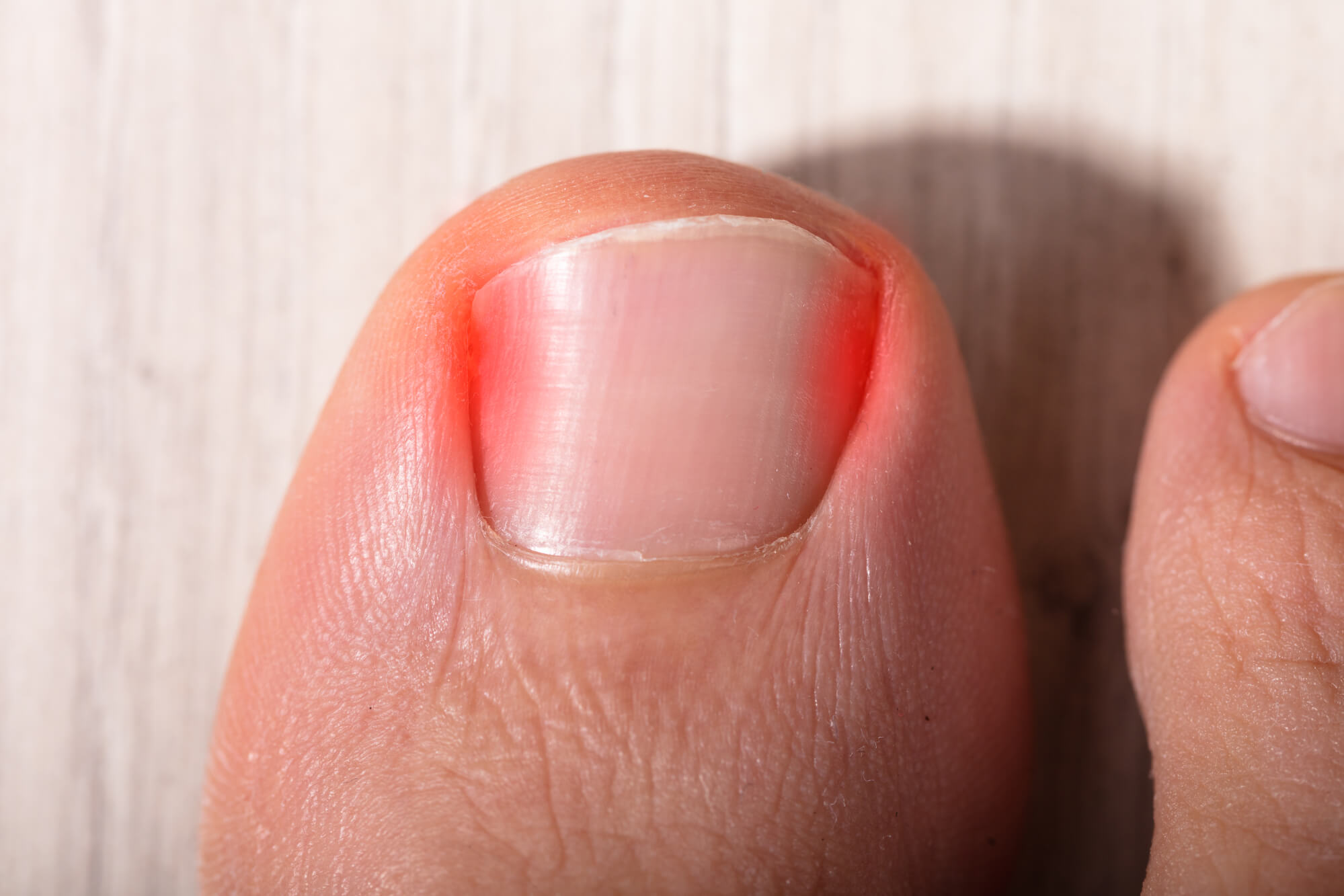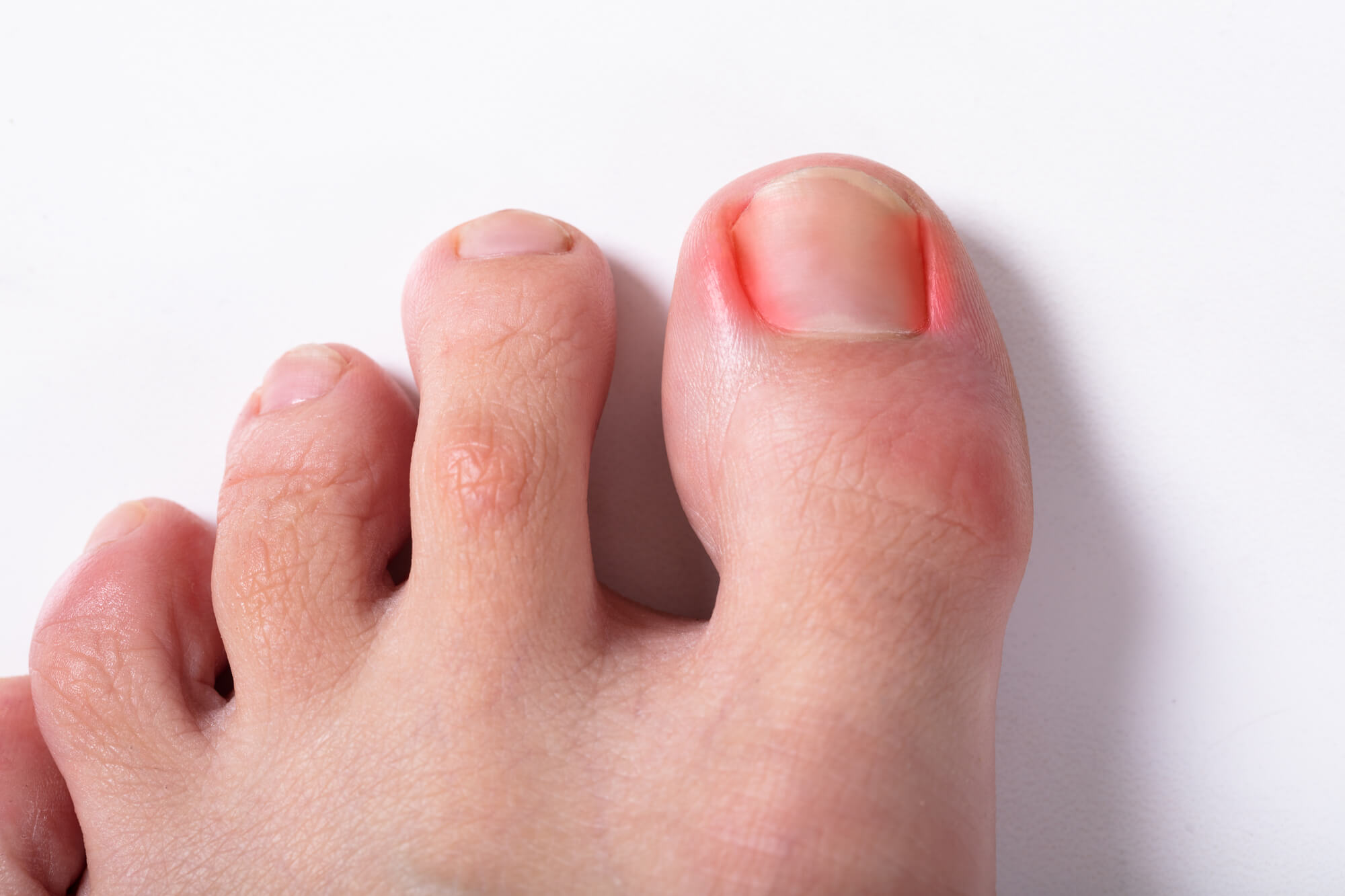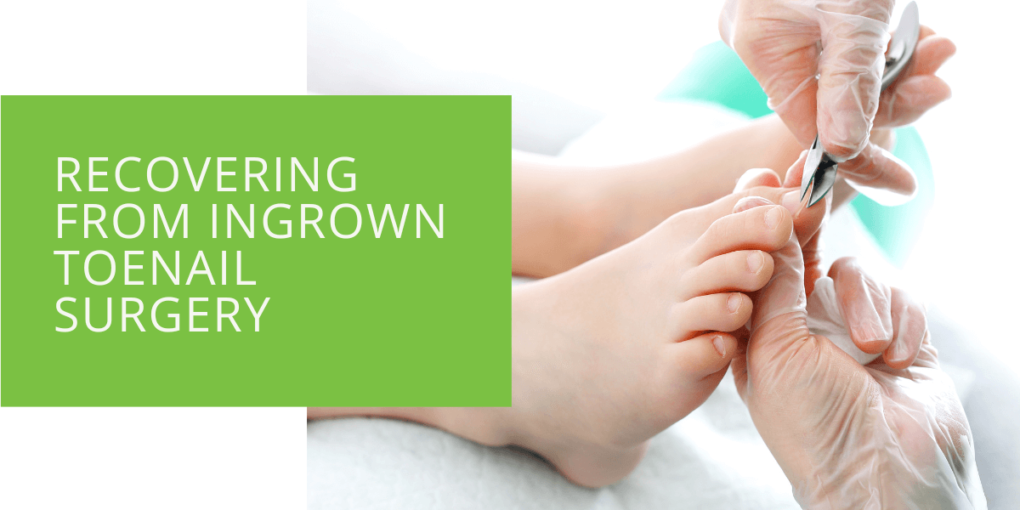Recovering from Ingrown Toenail Surgery
An ingrown toenail can be an uncomfortable and painful condition affecting your daily life. In severe cases, surgery may be necessary to remove part or all of the toenail to allow the affected area to heal. While the procedure is typically safe and effective, proper post-operative care is critical for a successful recovery. This article will explore what to expect during the recovery process after ingrown toenail surgery and how to care for your surgical site to minimize pain and discomfort.
Preparing for Recovery
To prepare for the recovery process, you should take steps to minimize pain and discomfort after the surgery. Your podiatrist may recommend taking over-the-counter pain medication or applying ice to the affected area to help reduce swelling and discomfort.
It's also important to wear comfortable shoes that do not pressure your toe. You may want to consider wearing open-toed shoes or sandals, which can help promote healing and allow your toe to breathe.
Your podiatrist may provide additional instructions for preparing for recovery, such as taking oral antibiotics and caring for your surgical site in the days leading up to the surgery.
Immediately After Ingrown Toenail Surgery
After the surgery, you may experience discomfort, swelling, and drainage from the surgical site. Your podiatrist may provide prescription pain medication to help manage any pain or discomfort caused by the ingrown toenail removal.
Keeping the surgical site clean and dry is important to prevent infection. Your podiatrist may recommend using a waterproof cover when showering or bathing to protect the surgical site.
You may also be advised to keep your foot elevated as much as possible to reduce swelling and promote healing. Your podiatrist may recommend soaking your foot in warm water and Epsom salt to help reduce swelling and pain and to promote healing.

The First Few Days
During the first few days after the surgery, you should avoid walking as much as possible and keep your foot elevated. You may need to use crutches or a cane to get around.
Your podiatrist will provide instructions on changing your bandage and when to apply antibiotic ointment. You may also need to take oral antibiotics to prevent infection.
Keeping the surgical site clean and dry during this period is important to prevent infection. Your podiatrist may recommend using a waterproof cover when showering or bathing.
The First Few Weeks
As your toe heals, the bandage must be changed less frequently. Your podiatrist will remove the bandage during a follow-up appointment and inspect the surgical site to ensure it is healing properly.
It's important to avoid strenuous activity or exercise during the first few weeks of recovery to prevent re-injury. Your podiatrist may also recommend wearing open-toed shoes to allow the toe to breathe and promote healing.
During this period, you may experience some discomfort or mild pain. Your podiatrist may recommend taking over-the-counter pain medication or applying ice to the affected area to help manage pain or discomfort.
Long-Term Recovery
While the initial recovery period can be uncomfortable, most patients fully recover within a few weeks. However, the entire nail may take several months to grow.
In some cases, your podiatrist may use a chemical called phenol to prevent the ingrown toenail from growing back. This procedure can be effective, but it may cause some discomfort during the recovery process.
To promote long-term recovery and prevent future occurrences of ingrown toenails, it's important to take steps to properly care for your feet and toenails. This includes regular nail trimming, wearing comfortable, properly-fitting shoes, and keeping your feet clean and dry to prevent infection.
Your podiatrist may recommend scheduling regular check-ups to monitor the health of your feet and toenails and to address any potential issues before they become more serious.
By taking these steps, you can promote long-term recovery and prevent future occurrences of ingrown toenails.

Preventing Future Ingrown Toenails
To prevent future occurrences of ingrown toenails, it's important to take care of your feet and toenails properly. Here are some tips to keep your toenails healthy and prevent ingrown toenails:
- Cut your toenails straight across, rather than rounding the corners, to prevent them from growing into the surrounding skin.
- Wear comfortable, properly-fitting shoes that don't put pressure on your toes.
- Keep your feet clean and dry to prevent infection.
- Avoid picking or cutting your toenails too short, which can cause them to grow into the skin.
- If you have a chronic condition like diabetes or peripheral artery disease, you may be at increased risk for ingrown toenails. In this case, taking good care of your feet and consulting with a podiatrist regularly is especially important.
By taking these steps, you can reduce your risk of developing ingrown toenails and other foot conditions.
Conclusion
Ingrown toenail surgery can be an effective treatment option for severe cases of this painful condition. By following the proper post-operative care instructions and promoting healing, you can minimize pain and discomfort and get back to your normal activities as quickly as possible.
If you're experiencing symptoms of an ingrown toenail, it's important to consult with a podiatrist to determine the best treatment for your individual needs. By working with a trusted healthcare professional, you can get the care and support you need to recover and prevent future occurrences of this condition fully.

